Single-Course
English
5 ECTS
Tribology of machine elements

Overall Course Objectives
To enable the students to perform analysis of bearing operational and performance parameters, and to give an introduction to the scientific literature in this field.
Learning Objectives
- Account for the basic physical characteristics of lubricants as for example viscosity, compressibility, shear strength, viscosity index etc.
- Account for the mathematical models forming the basics of the fluid film model , especially Reynolds equation and Navier-Stokes equations.
- Use Reynolds equation to investigate the characteristics of different proposals for bearings.
- Account for the difference between hydrodynamic and hydrostatic lubrication and use the respective mathematical models for engineering dimensioning of the two bearing types.
- Account for the difference between thick film lubrication and elasto-hydrodynamic lubrication and use the mathematical models describing elasto -hydrodynamic lubrication to analyze rolling element bearings and gears.
- Account for friction and wear models in bearings
- Analyze and describe the need for bearing solutions in advanced machinery.
- Engineering dimensioning of commonly used bearing types.
- Select the most suitable lubricant for a given purpose.
- Analyse and condition experimental results and compare to theoretical models
Course Content
Lubricant properties. Bearing materials. The theory of hydrostatic and hydrodynamic bearings and their operating and performance parameters. Viscometry.
Elastohydrodynamic lubrication. Rolling element bearings. Geometry and surface roughness of bearing parts. Friction and wear in bearings, wear reduction, boundary lubrication.
Teaching Method
Lectures, exercises and project work



